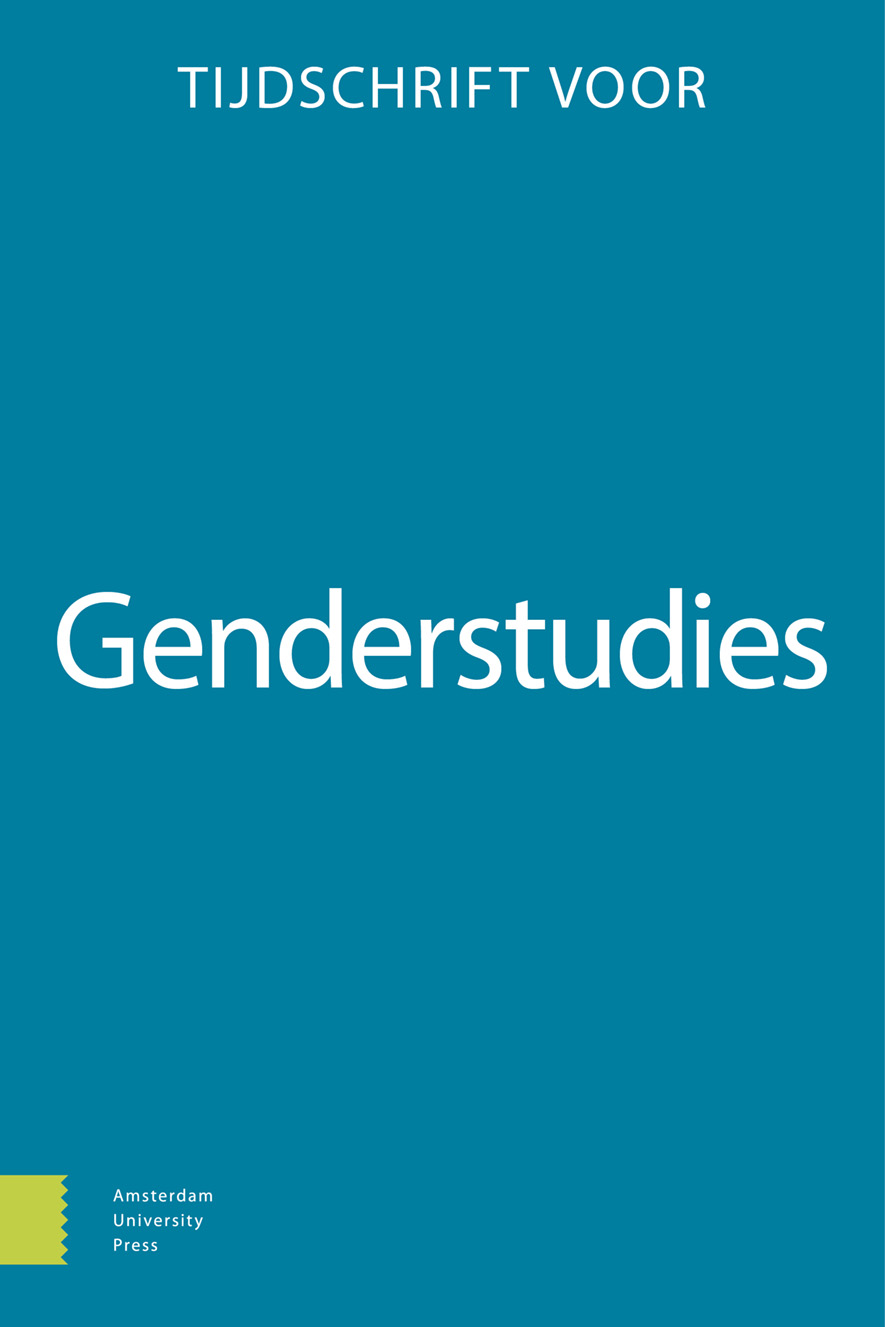-
oa Duo Penotti Feminism
How Strategic White Womanhood is Deployed to Avoid Accountability in the Context of (Anti-)Racism
- Amsterdam University Press
- Source: Tijdschrift voor Genderstudies, Volume 27, Issue 4, Dec 2024, p. 330 - 350
-
- 01 Dec 2024
Abstract
The present article attempts towards theorising Strategic White Womanhood in the Dutch context, borrowing from and building on existing intersectional and critical-race frameworks addressing racism within and outside the Netherlands. It asserts that strategic white womanhood constitutes a tangible identity category that holds immense power due to the curious intersection of race and gender. The analysis utilises a variety of ethnographic methods, including participant observations and semi-structured interviews to identify a set of strategies deployed by white women to invoke innocence and avoid accountability in encountering the racialised other. These strategies include white fragility, white tears, white fear, white feminist racism, and colour-blindness. It argues that recognising said strategies is a step towards becoming critically conscious of mechanisms in place that enable the evasion of responsibility and undermine our collective potential for anti-racist solidarity building.


